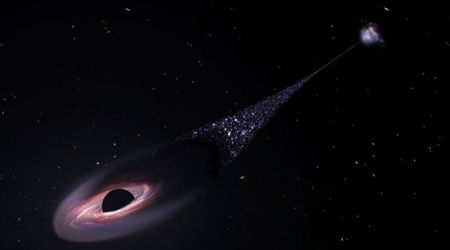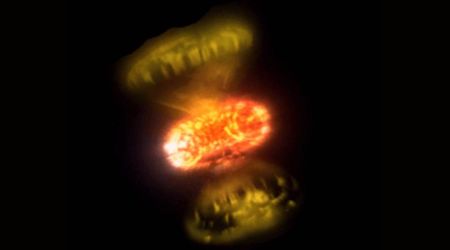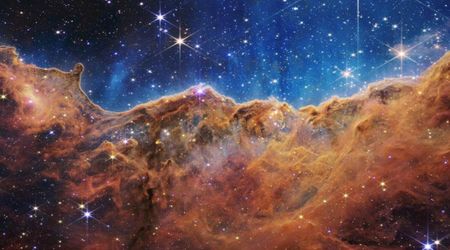The 'Three-Body Computing Constellation' begins as China sends its first AI supercomputer satellites to orbit

China has successfully launched the initial set of satellites for its ambitious space-based AI supercomputing network. The first deployment of 12 satellites, sent into orbit on May 14 aboard a Long March 2D rocket from the Jiuquan Satellite Launch Center, marks the beginning of the "Three-Body Computing Constellation." Led by ADA Space and Zhejiang Lab, this grand undertaking aims to eventually host 2,800 satellites, forming a powerful network capable of processing data directly in space, as reported by LiveScience.

This in-orbit processing capability is a key innovation. Instead of relying on traditional cooling systems, these satellites will leverage the cold vacuum of space as a natural coolant. It allows them to perform massive computations with a combined computing capacity of 1,000 peta operations per second (1 quintillion operations per second), as per the Chinese government. Director of Zhejiang Lab, Wang Jian, at the Beyond Expo tech conference in Macau on Wednesday, May 21, stated, "It's a good time to think about how we can put AI into space, not just in your laptop or cellphone," as reported by South China Morning Post (SCMP). He further added, "Space has, again, become the frontier for us to think about what we can do in the next 10, 20, or 50 years."
Currently, while organizations heavily depend on orbiting spacecraft for various applications, such as GPS, climate sensing, telescopes, weather forecasting, and communication, the raw data collected must be sent back to Earth for processing. This reliance on ground stations creates significant limitations due to transmission bandwidths and the narrow windows during which satellites can communicate, often leading to the loss of valuable data. The "Three-Body Computing Constellation" aims to overcome these hurdles by processing data directly in space.

To address these limitations, companies are developing satellites with "edge computing" capabilities. It means the raw data is processed directly on the satellite before being sent to Earth. This approach also offers environmental benefits: the energy-intensive computations can be powered by solar panels, and the waste heat can be radiated into space, significantly lowering the satellites' carbon footprint. Each of China's newly launched satellites is equipped with an 8-billion-parameter AI model, capable of performing 744 tera operations per second (TOPS). When combined, their processing power scales up to an impressive 5 peta operations per second. For context, a typical Microsoft AI Copilot+ laptop currently processes data at about 40 TOPS.
These satellites will form an orbital array, communicating with each other via lasers. One of these lasers is specially equipped with an X-ray polarization detector designed to study cosmic events, such as gamma-ray bursts, per LiveScience. While the concept of space-based computing has seen experimental tests in the US and Europe, China's recent launch marks the first deployment of such a system at an operable scale. This development comes amidst growing discussions about the immense energy demands of terrestrial data centers. Former Google CEO Eric Schmidt, who recently acquired a controlling interest in the launch company Relativity Space, has even suggested launching data centers into orbit as a potential solution.
During an April 9, 2025, hearing with the US House Committee on Energy and Commerce, Schmidt highlighted the escalating power crisis, stating, "People are planning 10 gigawatt data centers. It gives you a sense of how big this crisis is." He further elaborated on the projected increase in energy consumption, estimating that "data centers will require an additional 29 gigawatts of power by 2027 and 67 more gigawatts by 2030." Schmidt emphasized the unprecedented scale of this demand, noting, "These things are industrial at a scale that I have never seen in my life."









